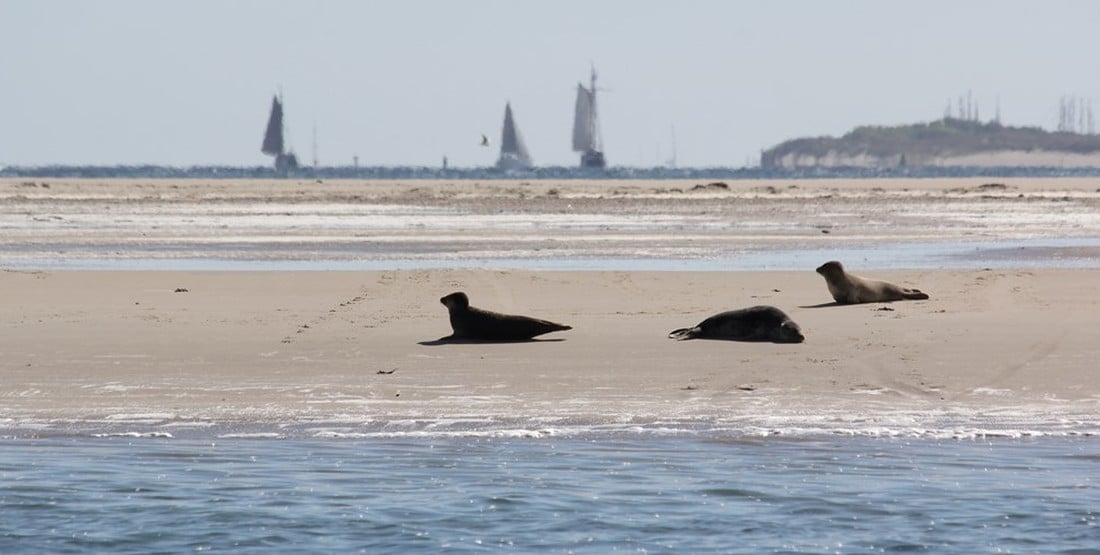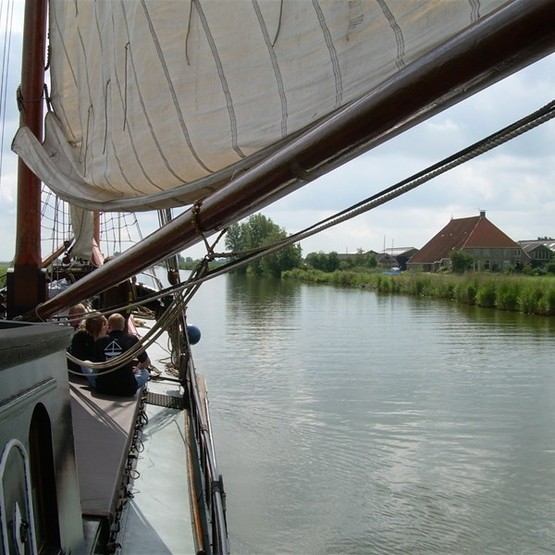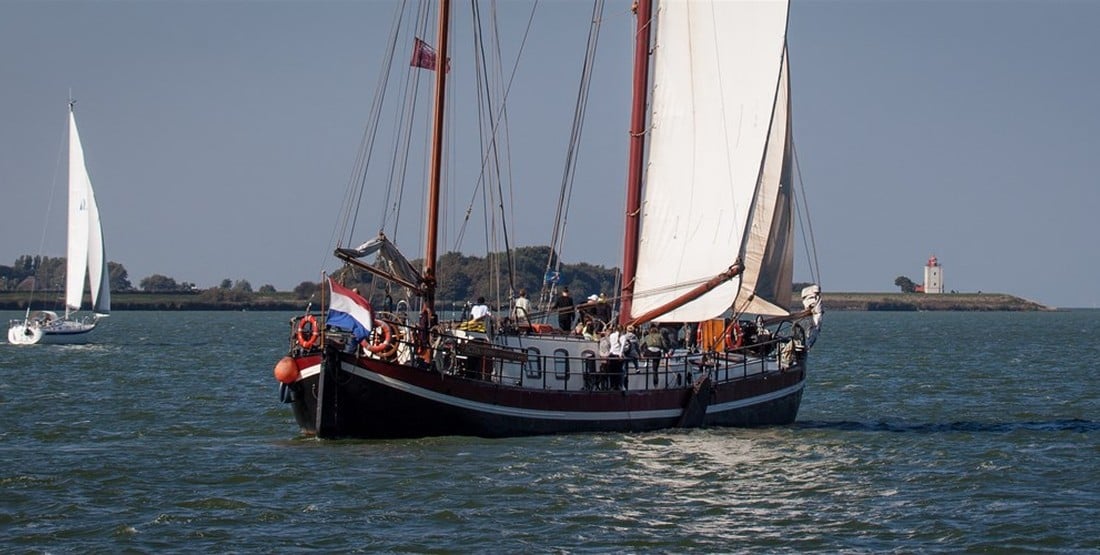
About
The beautiful island of Ameland is seen from the west, the fourth inhabited Dutch Wadden island. It belongs to the municipality Friesland, is 27 kilometers long and at its narrowest point 2 kilometers wide. An island with lots of nature, a high recreational factor and a great variety of landscapes.
Discovering sailing areas
View allAmeland
The beautiful island of Ameland is seen from the west, the fourth inhabited Dutch Wadden island. It belongs to the municipality Friesland, is 27 kilometers long and at its narrowest point 2 kilometers wide. An island with lots of nature, a high recreational factor and a great variety of landscapes. There are also four cozy villages - each with its own village character - and small tranquil shops. On Ameland is not Frisian, but 'Amelands' spoken, a mixed dialect, which is related to the 'Stadtfriesisich'. Unlike all other Watt dialects, the 'Amelands' is still very much alive. The inhabitants of the island are called Amelander.
Popular with artists
The island and the villages are best explored on foot or by bike. Visit the museums and immerse yourself in the interesting history of Ameland. The nature area Oerd in the eastern part of the island is very attractive. Ameland has been a favorite place to stay for artists for a long time because of its special light conditions and landscapes. Since 1996, the Ameland Art Month has been held in November. Throughout the island, artists from home and abroad exhibit their paintings, ceramics, photos, sculptures and installations at thirty locations.
The villages of Ameland
There are four villages on the island: Hollum, Nes, Buren and Ballum. In addition, there are the hamlets Kooiplaats and Ballumerbocht. There used to be two other villages - called Oerd and Sier - but these have drowned in storms and are now on the ocean floor. Nes is, so to speak, the center of Ameland, with a bustling and cozy village center of small shops and terraces. Nevertheless, even here the characteristic village atmosphere has not been lost. Hollum is the village with the oldest house on Ameland, which was built in 1516. The village can be recognized from afar by its red and white striped lighthouse, its church tower and its mill. Ballum is the smallest village on Ameland, but may well look back on the most glorious history, because here once stood the Camminga Castle at the point where now the town hall is.


